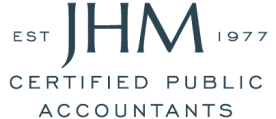
Subscribe to our client newsletter
GET IN TOUCH
2215 Olan Mills Drive
Chattanooga, TN 37421
Phone: 423-756-0052
Fax: 423-267-5945
CLIENT RESOURCES
© Copyright 2023. All rights reserved.





GET IN TOUCH
2215 Olan Mills Drive
Chattanooga, TN 37421
Phone: 423-756-0052
Fax: 423-267-5945
CLIENT RESOURCES
© Copyright 2023. All rights reserved.



